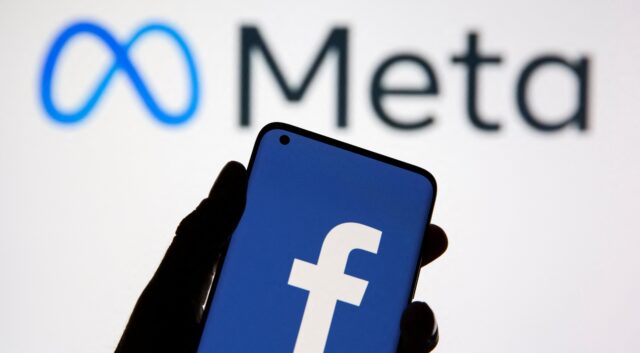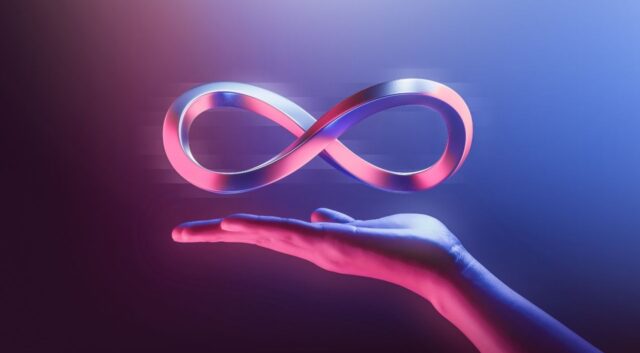As technologies evolve and grant designers and coders these crazily powerful tools, the tech culture shifts the conversation towards logic and narrative rather than feeling and sensation.
Gestalt theory suggests that the whole is greater than the sum of its parts. When we are solving a business problem with design, we are contributing to something bigger than a firm’s welfare.
Influencing people with products is a duty beyond doubt. Social impact is gaining impetus and what the firm represents while doing its job is as significant as the quality of the product or service.
There is a fallacy that complex animation is hardware reliant that it is meaningless to produce it for the mass run by slow processors.
Turns out, there are products capable of outperforming industry standards written for slow hardware without relying on hardware manufacturers. Those products optimize the process of adapting interactive projects to work on almost any device “efficiently and smoothly.”
The headway of the UX writing trend from the past couple of years set the bar high for writers in design. The term “UX writing”, itself, will dwindle, as any product writing for the people is UX writing.
Text does not complement design; it is a part of it. Context matters, author matters. Text is as essential as what happens after it — the picture is a reader’s mind and their action. Human content allows a reader to judge, select, and relate to the product.
Visuals are more powerful than words. Exploring fast-loading controlless videos embedded into layouts is a good way to enliven the experience. Content is king and the way it is delivered plays a massive role in the impact it makes.
When elements fight for attention, none of them is getting enough. When there is a focus on a single element, it steals all the attention. Depending on the message the UI is delivering, it is crucial to give it some space, to let that message sink.
Surrounding the idea with empty space is key to make the idea stick out. Now let’s make sure what stands out is worth it.
Just like there are different types of character, there are different types of behavior online. For quite a long time, we only used to spoil the average user in an average context with an average engagement level.
We are capable of altering the experience for a countless number of people based on their behavior on sight. Modern analytics let us control whom you are dealing with: a just-browsing rambler, an unclear lead, or a gritty hero. Depending on the amount of time they spend on a screen or the scroll speed, a website behaves differently.
It will take a bold stance on user research and might not be an option for service design but brand designers will have the experiences tailored. That means understanding the scene, the mood, and the repercussions of the actions a user is taking.
It’s an addition to the bold typography trend. The overlapping poster-based titles are an alternative to sound. You can deliver a message in a specific tone with this and in a graphically striking manner.
Because of the amount of textual information we consume daily, we tend to articulate lines that stand out. Making them shine, in this case, is the actual challenge.
Products that can offer custom experience is the coming year’s definitive trend. There are confirmed conversion methods and fundamentals for specific goals, but if we reflect on supporting a brand with powerful visuals, we can use all the website assets, navigation being one of them.





